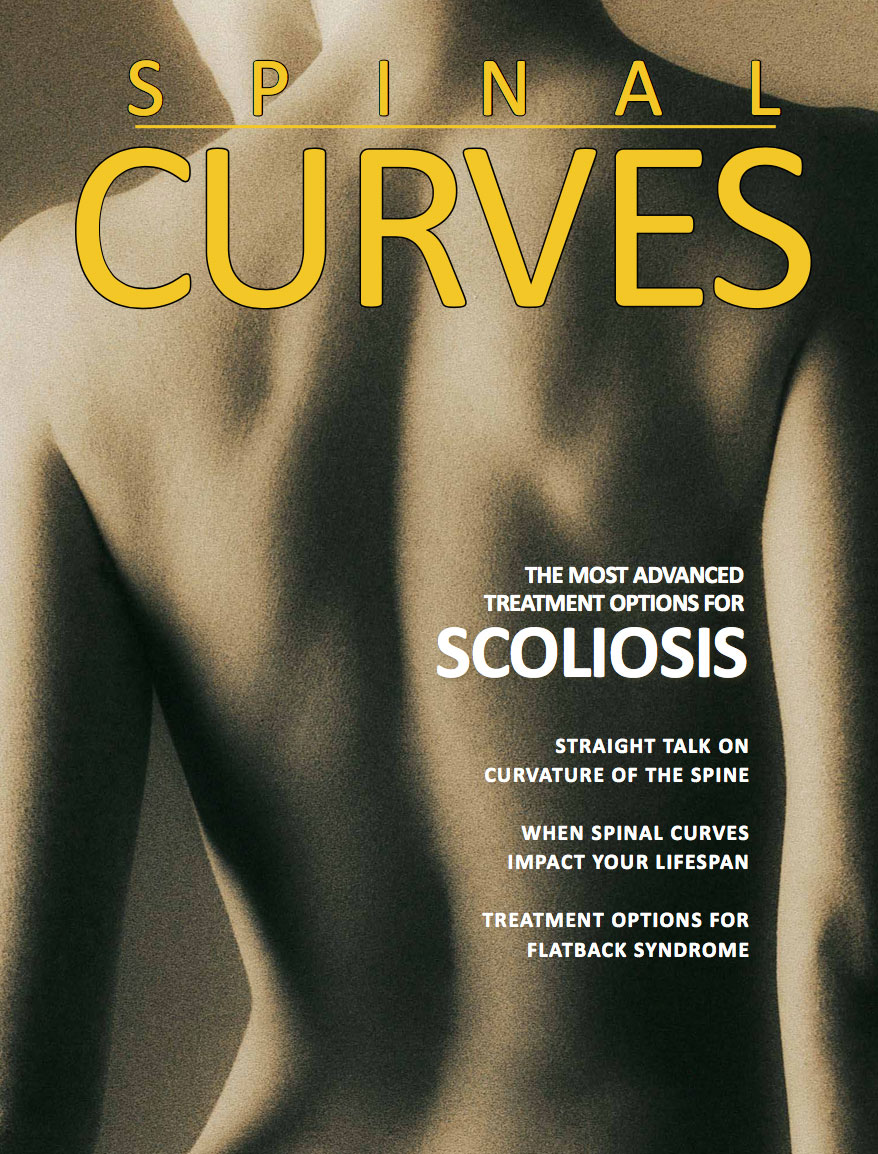Minimally Invasive Interbody Reconstruction
XLIF Procedure
An XLIF® procedure typically involves one small incision on the patient’s side. The surgeon inserts a probe and guides surgical instruments in the incision. The probe is used to help avoid interrupting the nerves. X-ray images guide the probe to the proper place in the spine. Using dilation tubes and a retraction device the surgeon gains access to the spine and removes the damaged disc. Once the disc is removed an implant filled with bone graft is placed in the empty disc space. This realigns the spine and relieves pressure from pinched nerve roots.
Using the XLIF® procedure, instead of traditional spine surgery, the surgeon avoids cutting into major muscles by making the incision in the patient’s side — which can mean less post-operative pain. This procedure is generally performed in an outpatient setting or 23 hour stay.
TLIF Procedure
Transforaminal Lumbar Interbody Fusion (TLIF) is typically used to remove a degenerative disc and relieve pressure on nerve roots in the lumbar spine.
Using the minimally invasive procedure involves a small incision in the back. Using a portable X-ray machine, the surgeon locates the diseased vertebral levels. Making the smallest incision possible, the surgeon uses a combination of dilators and tubular retractors to access the vertebra and remove the degenerative disc. An implant with bone graft is placed in the empty space, this realigns the vertebral bones and relieves pressure on the nerve roots.
Advantages of the minimally invasive TLIF procedure over traditional spine surgery include smaller incision and less disruption to muscle tissue. This procedure is generally performed in an outpatient setting or 23 hour stay. Most patients can return to normal activity within 2-3 weeks following surgery.






